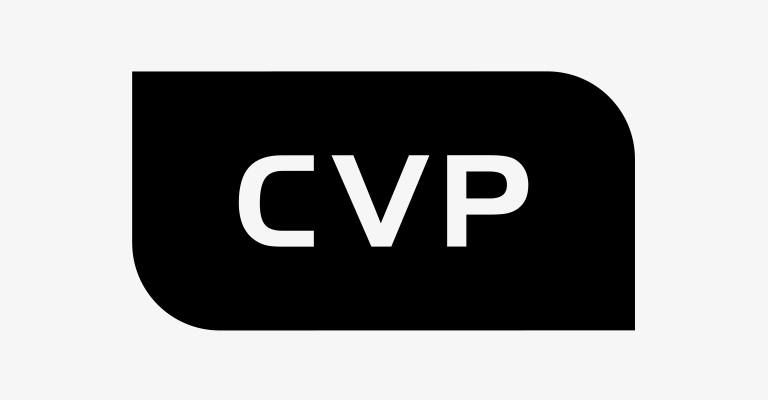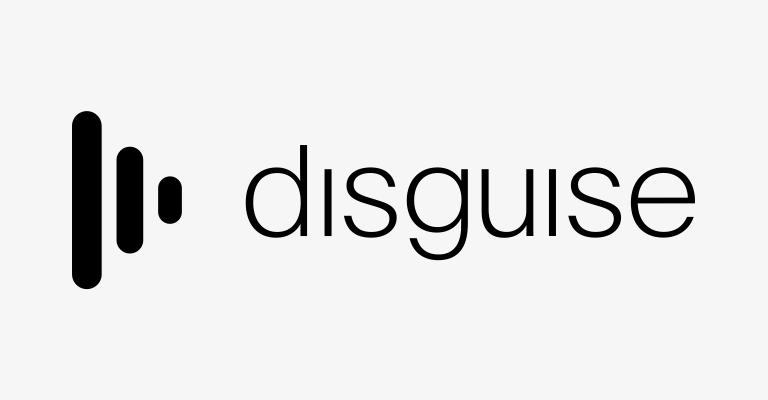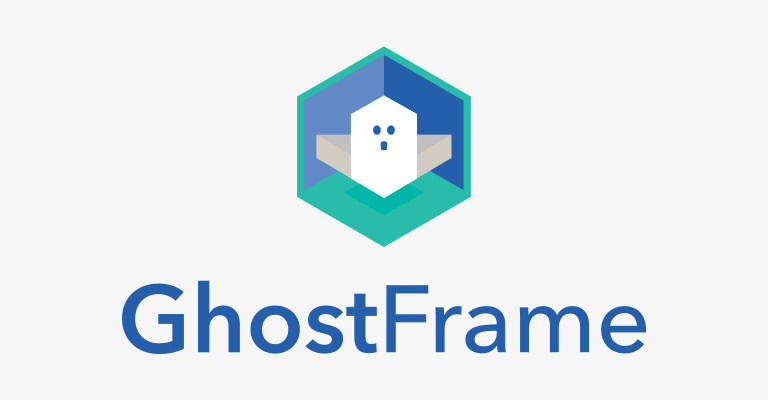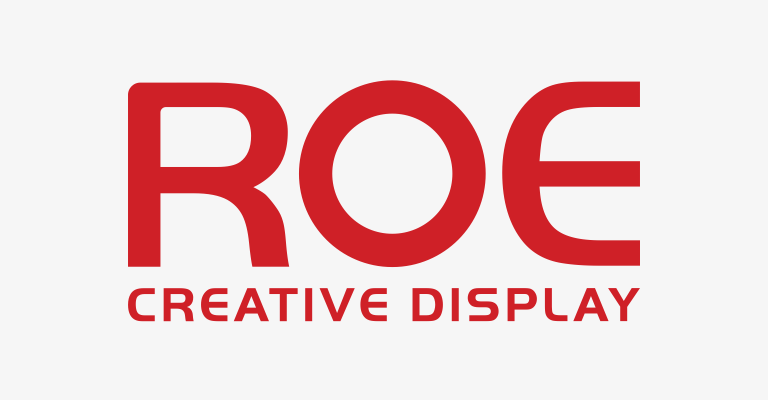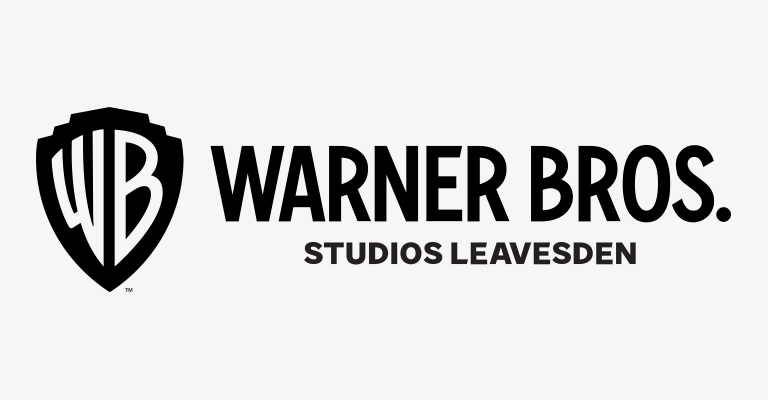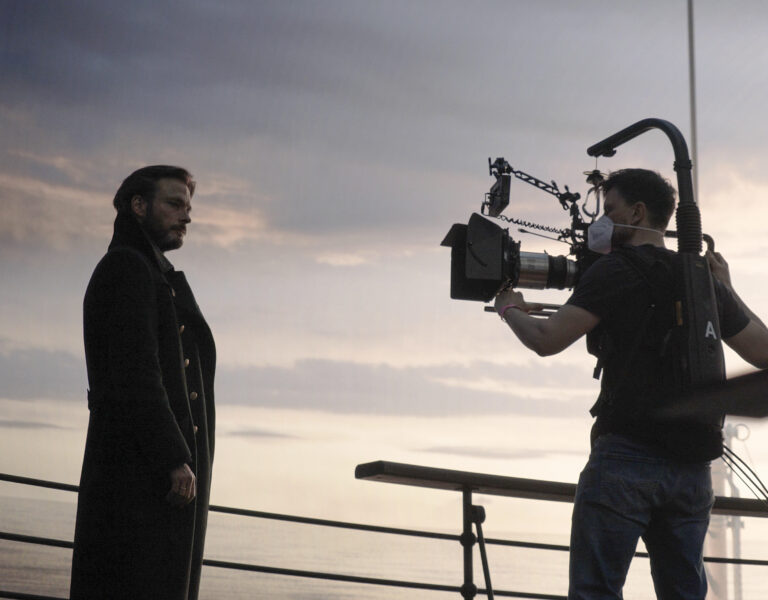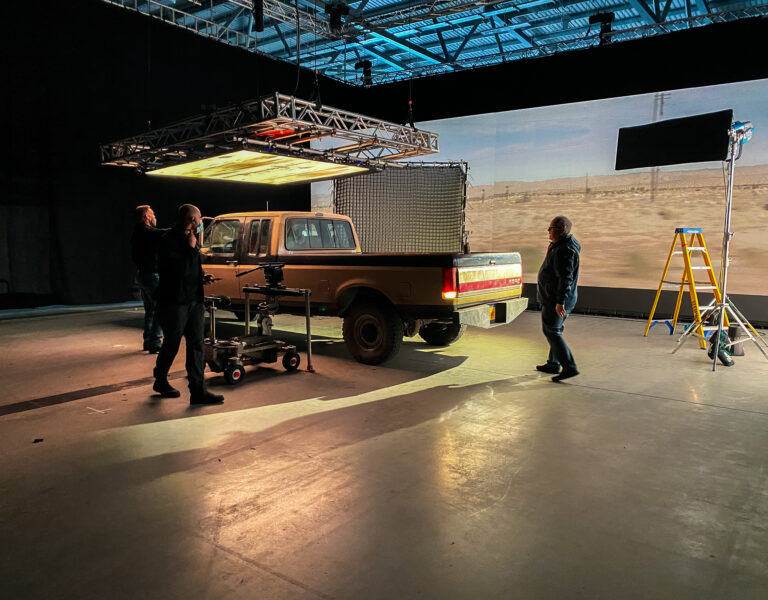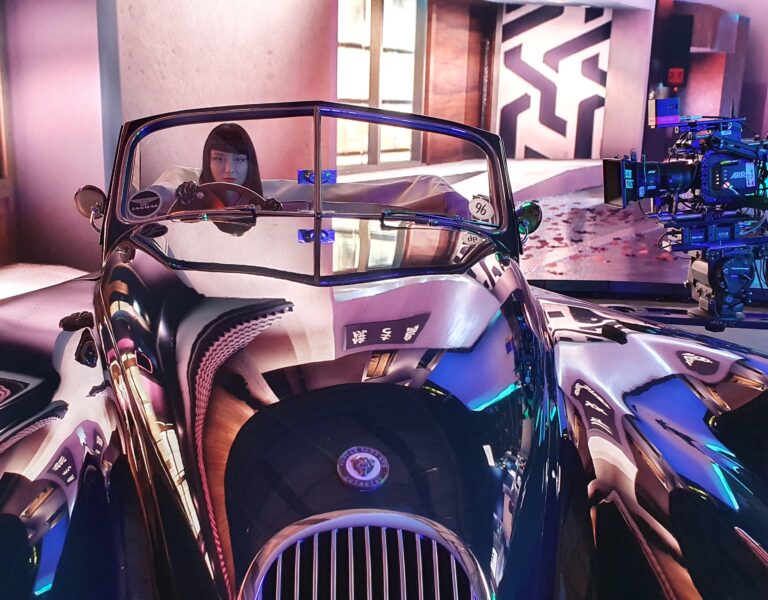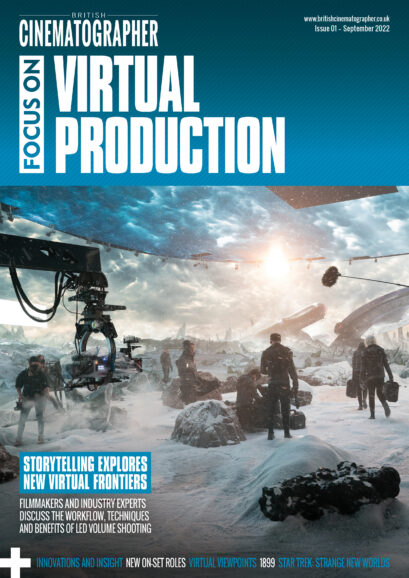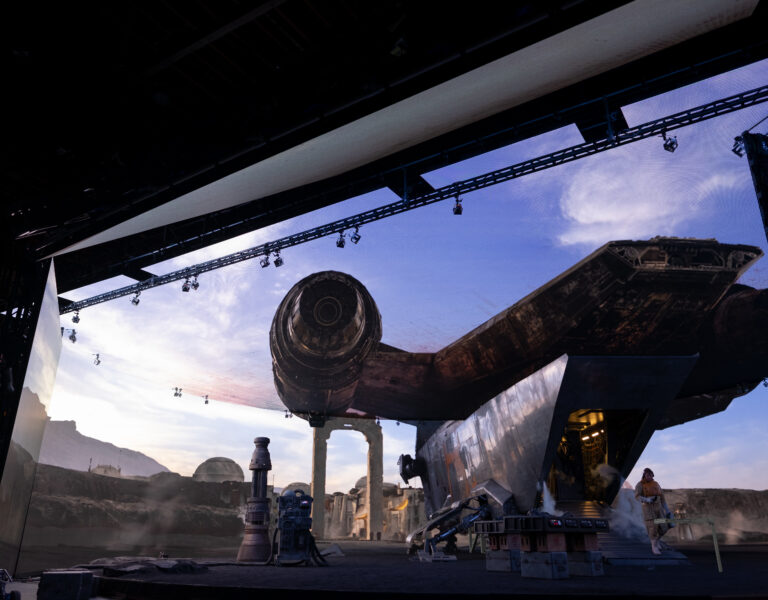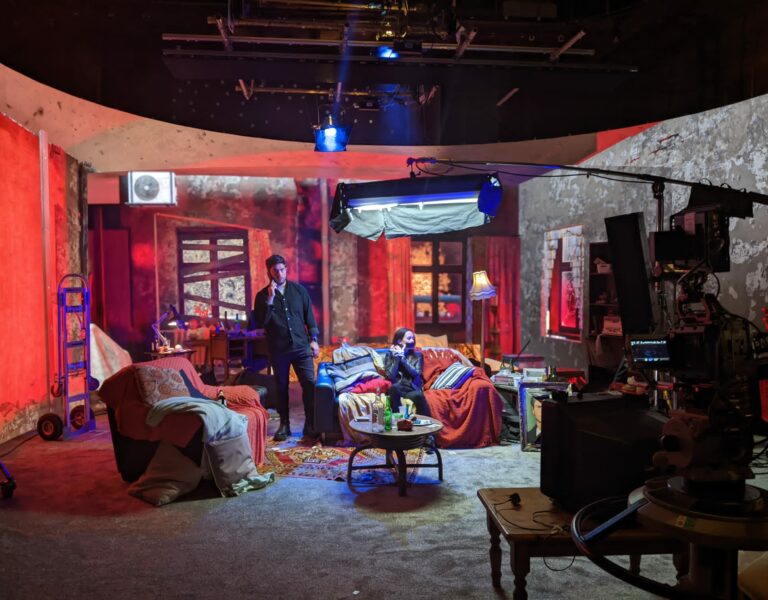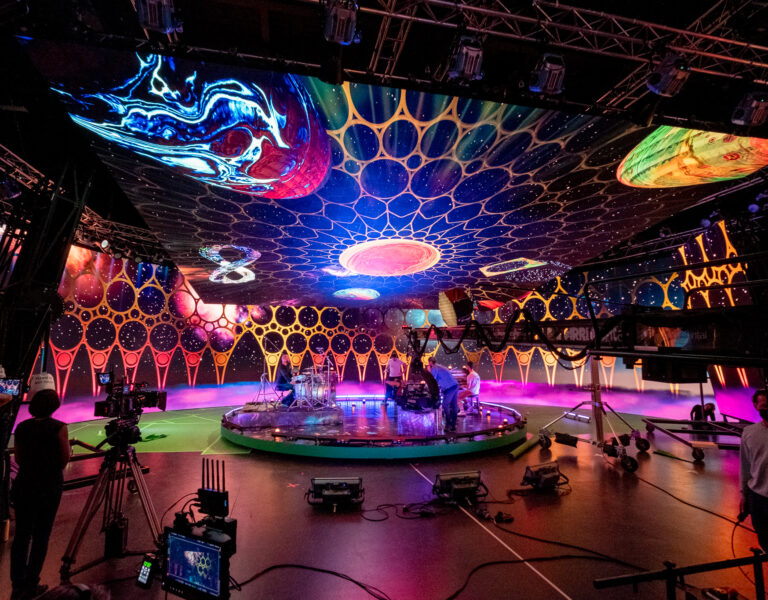Get to know the new virtual production roles and departments making an impact in the filmmaking mix.
Generally speaking, all the conventional filmmaking roles continue in virtual production, albeit with each job impacted in some form. The DP’s physical production team, for example, still includes their regular gaffer, focus puller, camera operator and grip.
The second thing to say is that there is no right way of assembling crew for a VP. Nor is there a standard nomenclature or hierarchy of decision-making. The following is a guide to the principal new roles.
One of the most significant introductions is the VP supervisor (VPS). They manage the workflow for each show and play a vital role on set in managing all aspects of the VP package. Their responsibilities include overseeing the Virtual Art Department (VAD) during pre-production and supervising the LED volume itself during production. They will typically be assigned by the VFX vendor and will be responsible to the project’s VFX supervisor.
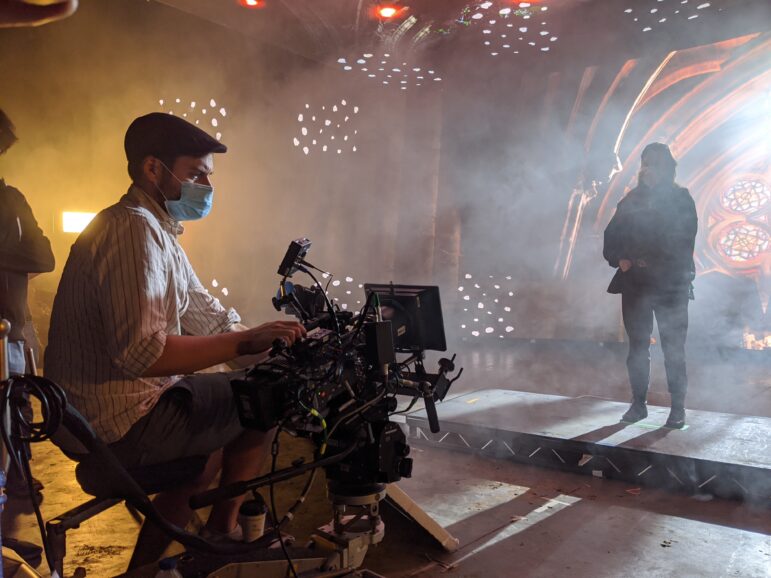
Any changes the DP or director want to see in the volume are communicated by the VPS to the ‘Brain Bar’, ILM’s term for specialists “with a half-technical, half-artistic mix”, according to Johnny Johnson, senior technician and trainer, StoryFutures Academy. Specialisms include camera tracking, which calibrates and maintains the camera tracking system – without which there would be none of the spatial and temporal synchronisation between the camera and the virtual set displayed on the volume.
Others in the Brain Bar might be a digital environment technical lead; an IT lead to manage the volume’s network infrastructure and media servers; a compositor to control 2D and 3D composites live during production; and an LED engineer to operate and maintain the panels and video processors, working with camera and lighting departments to tune brightness level, resolution, and frame rates.
There may also be a technical director (TD). Typically from a software engineering background, they are the programming/ engineering lead for a games studio or VFX vendor leader responsible for developing tools to deliver the project.
An important new role is colour scientist. They understand technical colour data, ensure wall and monitors are calibrated with the correct colour spaces and keep an eye on visual artefacts such as moiré. Conceivably this person is also on-set colourist as grading merges with virtual production.
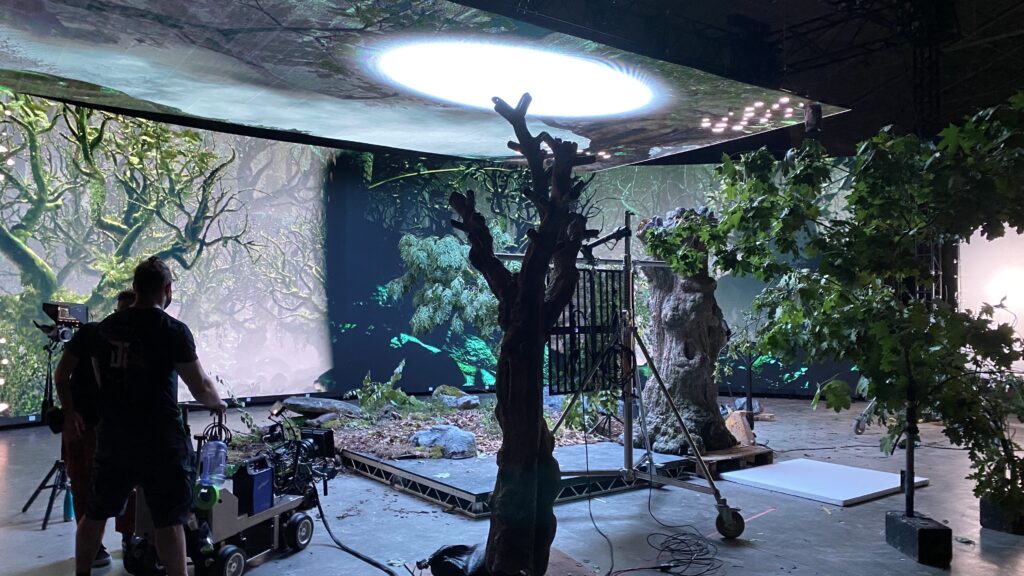
“Their role might seem to overlap with the DIT, who will likely be part of the camera crew, but this is a niche skillset for someone who understands the colour science of the software engine,” says Johnson.
The VAD is the other main new department. Currently this is more likely to be in the domain of the VFX vendor but, as familiarity with games engines grows, likely to fit more comfortably under the aegis of Production Design.
The VAD is where all the elements that ultimately wind up on the LED walls are designed and created as both backdrop to filming on set and as a light and reflections source for filming.
This area also has many hybrid roles for artists who possess a combination of technical and creative expertise. The VAD encompasses a traditional art department, such as props, and will work to blend physical sets into digital background assets. The VAD tests and sets the technical game engine parameters that will govern lighting, colour, and 3D animation.
The number of VP crew on set depends on the scale of the project. There could be one, five or 25 TDs, for example, with additional crew required for elements like green screen and motion capture.
The DP’s camera team, lighting and grip preps the set (physical and virtual) coordinating between director and visual effects and VP supervisors to ensure that the real-time VFX created by technical artists in the VAD will merge seamlessly with the filmed action on-set.
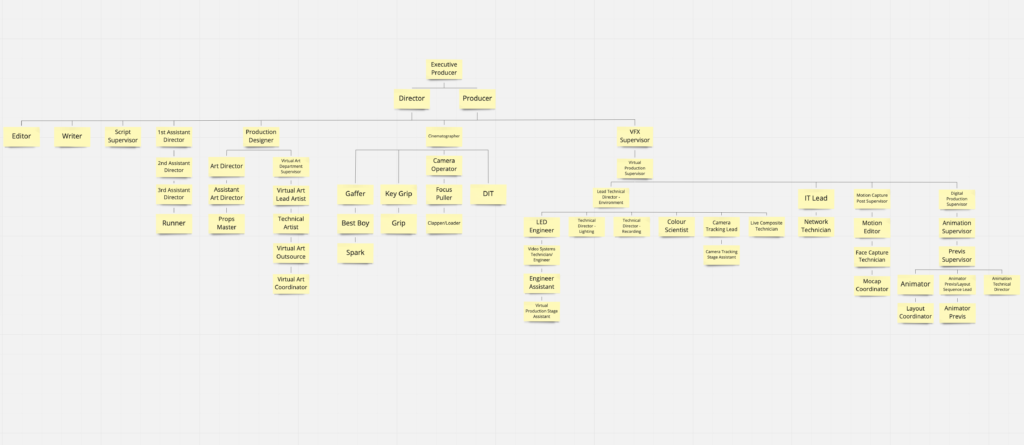
–
Words by Adrian Pennington



